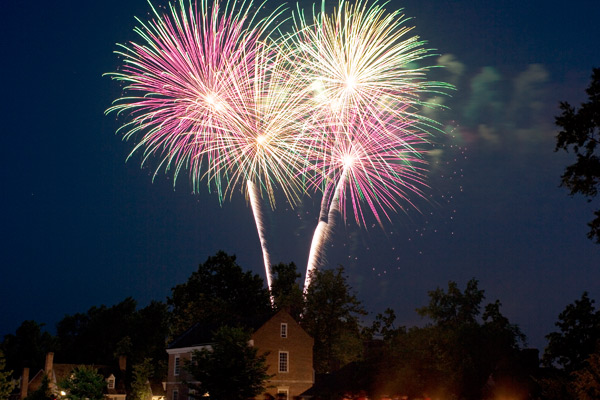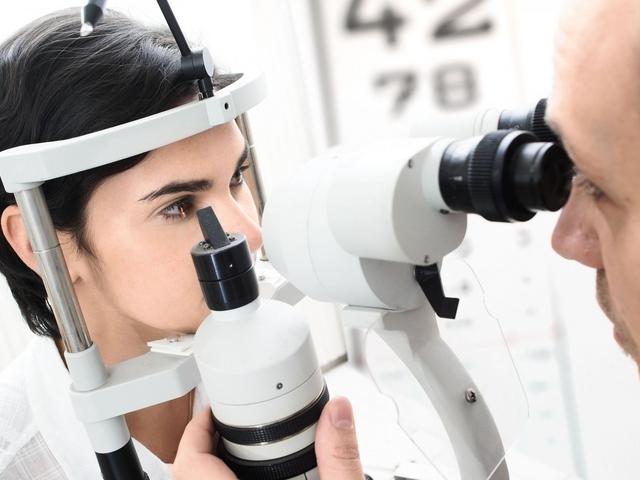
Ever spent more than two consecutive hours looking at a computer screen? Computers can make us more productive, but the bad news is that too much screen time can also lead to something called computer vision syndrome (CVS). Recognizable as that tired, strained feeling your eyes get after a day in front of a computer screen, CVS affects some 64% to 90% of office workers.
The condition likely doesn’t cause permanent eye damage, but it can still affect computer users’ comfort. The most common symptoms of CVS include eye strain, redness, irritation or dryness, a burning feeling in the eyes, blurred or double vision after computer use, neck and shoulder pain, and headaches.
Several factors increase the likelihood of CVS, including uncorrected vision problems, dry eyes, glares on the screen, poor lighting, poor posture and even the angle of the monitor. Another big factor is incorrect prescriptions: almost 71% of people reporting symptoms of CVS wear eyeglasses or contact lenses.
If computer screens are proving a pain in your eyes, here are some guidelines to help ease symptoms:
- Have your eyes checked regularly. If you need a new or changed prescription but don’t have it, using a computer will be difficult, period.
- Reposition the computer. The screen should be about an arm’s length away and positioned directly in front of your face, not off to the side. Position the monitor so its center is 4 to 8 in. below your eyes, which allows the neck to relax while you read and type.
- Follow guidelines for good posture. It’ll reduce strain on the back, neck and shoulders.
- Ensure proper lighting. Try the visor test to determine if current lighting is a problem: look at the monitor and cup your hands over your eyes like a baseball cap. If your eyes immediately feel better, then the lighting should be adjusted. Experiment with brighter or dimmer lighting, as well as the angle of the lights, to find what’s most comfortable for your eyes.
- Reduce glare. Installing anti-glare filters on the monitor, adjusting window shades, and changing the screen’s contrast and brightness can help reduce glare and reflections.
- Blink frequently. It should prevent dry eyes. If that doesn’t work, consider using lubricating eye drops. Also make sure air vents aren’t blowing on your face (this can dry out the eyes), and use a humidifier if the room is super dry.
- Take regular work breaks. Stand, stretch, or just look off into the distance, away from the computer, every 15 minutes or so to give the eyes a break.
- Clean the monitor regularly. Dust can decrease screen sharpness, making the eyes work harder.
- Try computer glasses. Unlike everyday eye wear, they’re designed specifically for looking at computer screens.





 The Fourth of July is a favorite American holiday. Yet mishaps with fireworks can make the holiday memorable for all the wrong reasons.
The Fourth of July is a favorite American holiday. Yet mishaps with fireworks can make the holiday memorable for all the wrong reasons.

